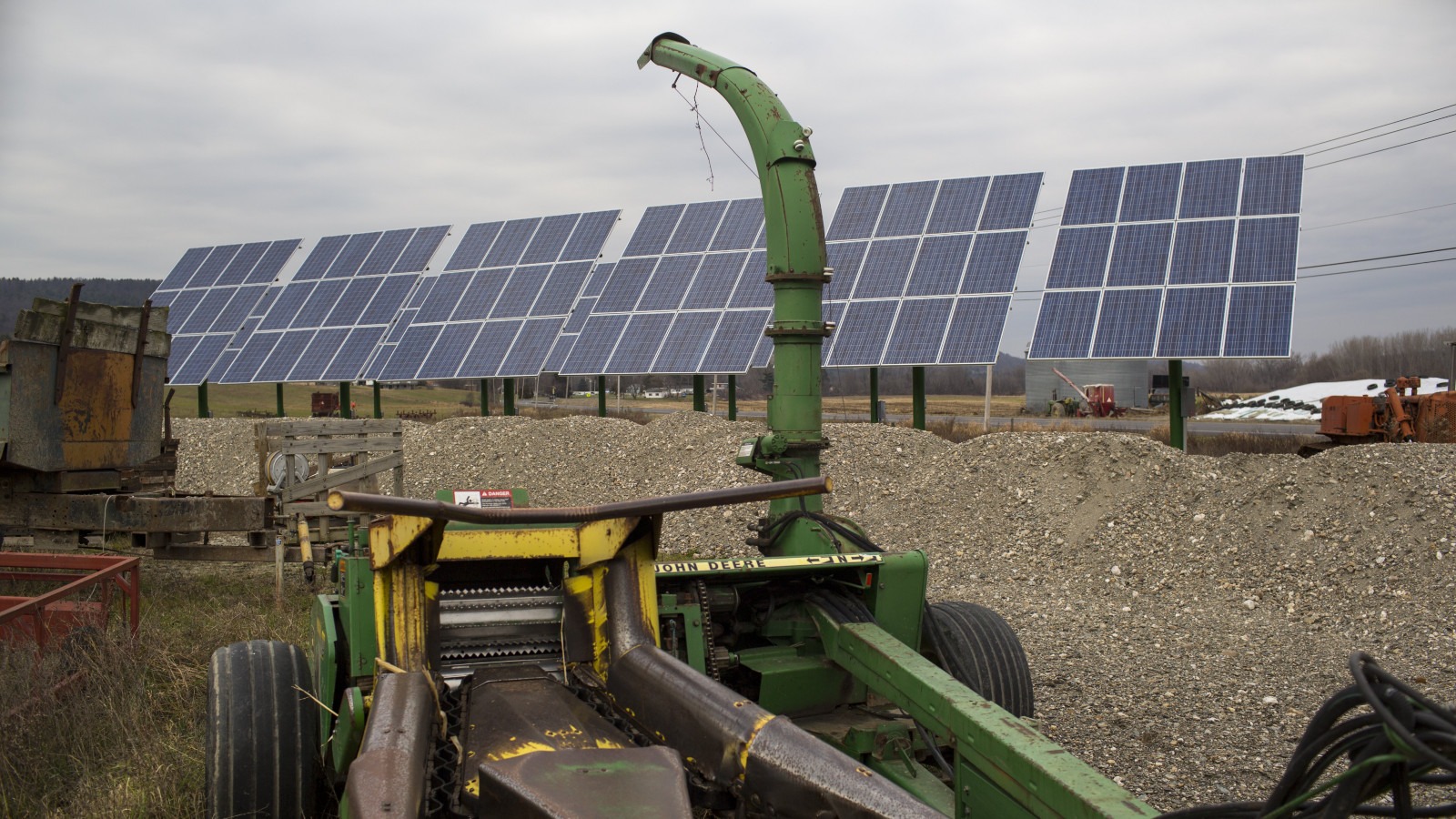Sustainability, Vol. 17, Pages 3131: Plantain (Plantago lanceolata L.) as an Alternative Forage to Build Resilience and Reduce the Environmental Footprint of Grazing Dairy Systems in Temperate Northern Climates: A Review
Sustainability doi: 10.3390/su17073131
Authors:
Lauren E. Chesney
Francesca Carnovale
Kathryn M. Huson
Naomi Rutherford
David Patterson
The agriculture sector is responsible for the largest proportion of greenhouse gas emissions in Northern Ireland and mitigation strategies must be introduced if the industry is to achieve the ‘Net Zero’ targets set for 2050 by the United Kingdom government. Dairy farming is a source of nitrous oxide emissions, a potent greenhouse gas with 256 times the warming potential of carbon dioxide. One potential mitigation measure is the use of alternative forage species such as Ribwort Plantain (Plantago lanceolata). Evidence would suggest that plantain has the ability to improve nitrogen use efficiency (NUE), leading to reductions in overall nitrogenous emissions from grazing dairy systems via three pathways: reducing urinary nitrogen concentration leading to lower rates of nitrogen leaching from urine patches; improving nitrogen utilisation efficiency within the dairy cow so that a lesser proportion of dietary nitrogen is excreted via the urine; and through the action of root exudates producing biological nitrification inhibition in the soil and improving soil nitrogen retention. This review summarises the current evidence supporting plantain as an alternative forage to support animal performance and forage production whilst lowering the environmental footprint of grazing dairy systems in temperate climates. This review also highlights outstanding research questions which must be addressed for farmers to confidently introduce these alternative species into their grazing platforms.
Source link
Lauren E. Chesney www.mdpi.com

